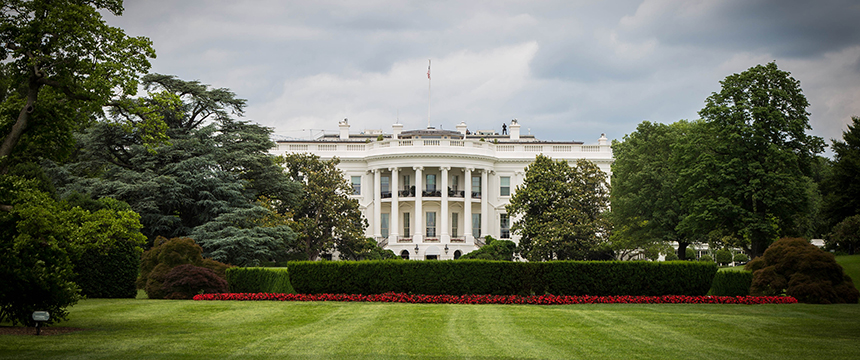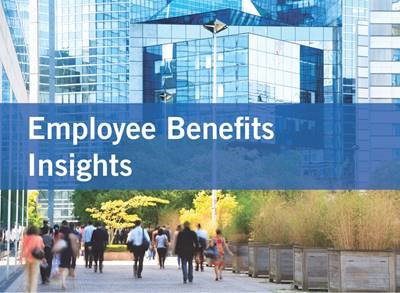COVID-19 Public Health Emergency Ending May 11, 2023: Actions You Should Consider for Your Employee Benefit Plans

On January 30th, President Biden announced his intention to end both the COVID-19 national emergency and the COVID-19 public health emergency (together, the “Emergency Declarations”) effective May 11, 2023. The Emergency Declarations were originally declared by President Trump in 2020 and have been extended several times. The declaration of the Emergency Declarations resulted in several forms of relief relating to employee benefit plans during the pandemic. See our prior articles discussing these forms of relief in detail here, here and here.
This pandemic-related relief will now sunset with the ending of the Emergency Declarations. For example, the following impacts to employee benefits plans will sunset:
- Extension of certain Department of Labor (“DOL”) deadlines for the duration of the Emergency Declarations, such as
- Extension of the timeframe for plan sponsors to provide plan documentation and other notices to participants;
- Extension of time for participants to file a benefit claim and an appeal;
- Specific deadlines extended in relation to health and welfare plans, including (i) time for plan sponsors to provide COBRA notices to plan participants; (ii) time for participants to elect COBRA and pay COBRA premiums; and (iii) time for participants to request a HIPAA special enrollment, etc.;
- Mandatory coverage of COVID-19 testing and related services without any cost-sharing or medical management requirements; and
- Mandatory coverage of COVID-19 vaccines from out-of-network providers without cost-sharing or medical management requirements, except note that non-grandfathered group health plans will still be required to cover COVID-19 vaccines from in-network providers at no cost to the participant as a preventive service under Affordable Care Act standards.
As a reminder, the DOL and IRS provided guidance after the National Emergency was declared on March 13, 2020 that certain benefit plan deadlines were extended until the earlier of 60 days after the end of the National Emergency (which is July 10, 2023) or one year from the deadline that would have applied if not for the National Emergency.
Plan Sponsor Action Steps
Plan Sponsors should consider the following action steps to ensure employees are aware of the impact of the end of the Emergency Declarations and to ensure their plans and plan vendors are ready to handle the transition back to a pre-pandemic world. The below table notes actions plan sponsors should start considering, and the types of benefits plans to which the action applies.
|
Action |
Health & Welfare Plans |
Retirement Plans |
|
Coordinate with plan vendors (e.g., COBRA administrator) to ensure they are prepared to wind down the extended participant deadlines. |
X |
X |
|
Prepare employee communications noting how previously extended deadlines will be impacted. |
X |
X |
|
Revise Plan Documents and Summary Plan Descriptions to reflect the end of extended timeframes. |
X |
X |
|
Coordinate with pharmacy benefits manager, insurer, and/or third party administrator regarding plan coverage of COVID-19 testing. |
X |
|
|
High deductible health plans (HDHPs) that offer free or low-cost COVID-19 treatments may need to evaluate those offerings to ensure the plan continues to qualify as a HDHP. |
X |
|
 |
As part of Foley’s ongoing commitment to provide legal insight to our clients and colleagues, our Employee Benefits and Executive Compensation Group has a monthly newsletter we call “Employee Benefits Insights,” where we provide you with updates on the most recent and pressing matters concerning employee benefits and other related topics. Click here or click the button to the left to subscribe. |



